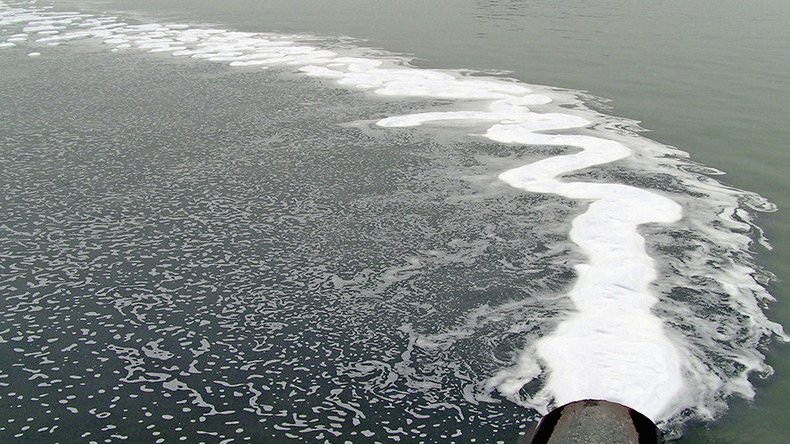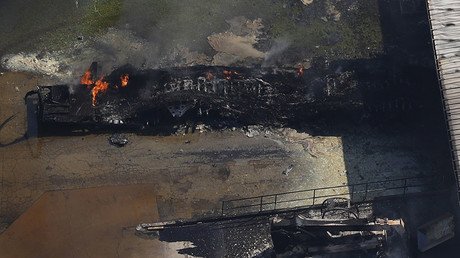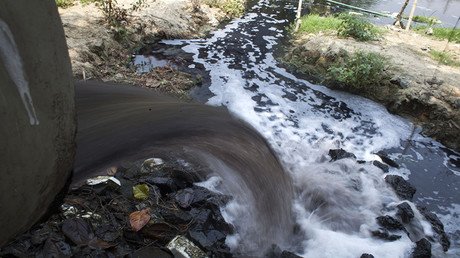Tons of illegal hazardous waste dumped in Missouri – docs

Almost 6,000 metric tons of hazardous waste was illegally stored in Missouri for years, according to federal and state documents. The waste came from removing paint from tanks, planes and other military equipment.
The documents were revealed as art of an indictment that was filed by US government against US Technology Corporation (UST), and its president, Raymond Williams, and another company in US Distrcit Court in Missouri in April of this year, according to St. Louis Dispatch.
UST, which provides technical service for aersoplanes and Hydromex, a recycling company, are being charged with criminal conspiracy, and transportation of hazardous waste.
UST leases the blasting materials to customers but is still responsible for recycling the waste. The company hired Hydromex, based in Mississippi, in 2000, as a subcontractor to recycle waste but the company failed to do so. Instead the company dumped it on its grounds.
In 2006, the former president of Hydromex was indicated and later pleaded guilty for “defrauding the government by dumping the waste on Hydromex’s grounds and falsely claiming it was recycled,” according to the complaint.
In 2003 and 2011, UST agreed to remove the waste. In June 2013, UST was tasked with cleaning up the hazardous waste by the end of the year. Instead, through Williams, the waste was dug up and illegally shipped the waste to Missouri Green Materials without a permit.
The warehouse in across the road from the Little Berger Creek, which empties into the Missouri River less than a miles away, and a state permit shows the building is in the flood plain, according to AP.
The powder-line residue is considered hazardous waste as it contains heavy metals such as cadmium, chromium and lead. Under federal regulations if 75 percent of the material is recycled within one calendar year, the material is no longer considered hazardous waste.
The scale of the potential risk is not known but the risk of contact with heavy metals is well known. Lead, for instance, if ingested can affect brain development in young children.
Prosecutors said the waste was still there.
Both companies were indicated in St. Louis on a felony county of conspiracy, and the Missouri Green Materials officials and Williams were indicated on a conspiracy charge, and a charge of transportation of hazardous waste.
All pleaded not guilty, except the Missouri Green Materials officials. The case is yet to go to trial.
Williams also faces an 85-count indictment filed in federal court in Georgia in June that accuses him and US, and others, of conspiring to bribe a Defense Department employee to steer work to Williams’ company. He pleaded not guilty to the charges.














